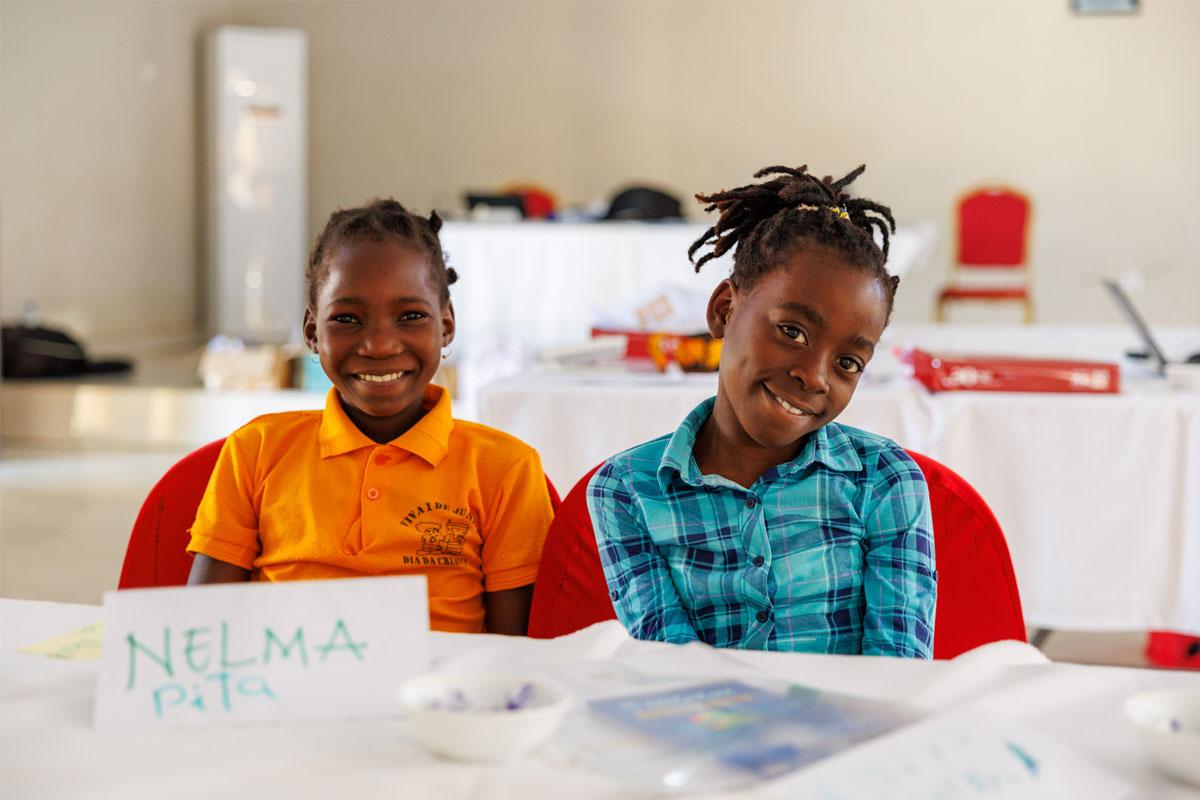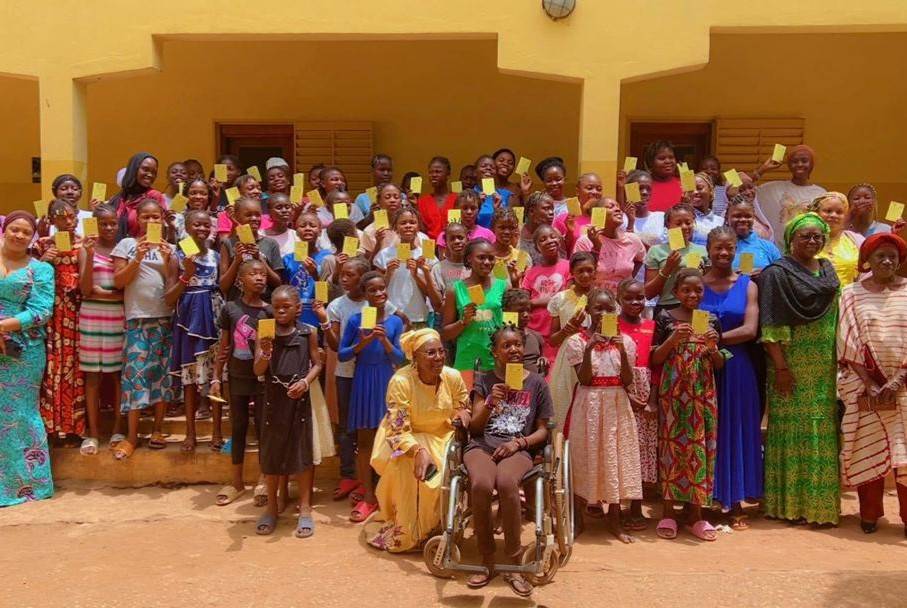Ethiopia battles first-ever Marburg outbreak
Health experts race to contain one of the world’s deadliest viruses, as outbreaks increase in frequency.
- 20 November 2025
- 4 min read
- by Priya Joi

Ethiopia is grappling with its first-ever outbreak of Marburg virus.
Ethiopian authorities first detected the bat-borne virus, which can kill up to 88% of those it infects, on 12 November. By 14 November, nine cases were confirmed in the Omo region, with six deaths reported by the Ethiopian Ministry of Health.
Scientists warn that climate change, as well as deforestation and urbanisation, is steadily destroying the habitats of the fruit bats that harbour diseases like Marburg and Ebola, increasing the risk of outbreaks.
Genetic analysis by the Ethiopia Public Health Institute revealed that the virus is of the same strain as that reported in previous outbreaks in East Africa , according to a statement last Friday by Africa CDC (the Africa Centres for Disease Control and Prevention).
Ethiopia has isolated 129 contacts of confirmed patients for close monitoring. As the outbreak is close to the border of South Sudan, the latter’s Health Ministry has issued a public advisory.
The outbreak has sounded alarm bells about the rising frequency of Marburg epidemics worldwide: Uganda, Angola, Ghana and Equatorial Guinea have seen outbreaks in the past few years.
Scientists warn that climate change, as well as deforestation and urbanisation, is steadily destroying the habitats of the fruit bats that harbour diseases like Marburg and Ebola, increasing the risk of outbreaks.
Experimental vaccine
Marburg virus disease is a severe and often fatal haemorrhagic fever marked by sudden onset of fever, muscle pain, vomiting, and sometimes severe internal and external bleeding.
Like Ebola, it is carried by fruit bats and spreads between humans through direct contact with bodily fluids or contaminated surfaces.
Have you read?
Sporadic Marburg outbreaks have been documented across sub-Saharan Africa in the past two decades, with notable events including major outbreaks in Angola (2005), Uganda (2017 and 2018), Ghana (2022) and twin outbreaks in Equatorial Guinea and Tanzania in 2023.
Rwanda’s 2024 outbreak, in which 15 were killed and 58 were infected, is one of the biggest Marburg outbreaks ever recorded, yet also one that could hold lessons for future outbreaks.
From the start of the outbreak, Rwandan authorities undertook an aggressive containment effort backed by investigative vaccines.
At the time, the Sabin Vaccine Institute had already been developing a Marburg vaccine and had investigative doses ready for use in clinical trials.
Rwanda launched a ring vaccination campaign among frontline workers and close contacts of cases, vaccinating 1,600 people in total.
While 15 people died of the virus, 51 recovered – a case fatality rate of 22.7%. This was one of the lowest ever recorded in the history of viral haemorrhagic fevers.
Rwanda didn’t just rely on vaccination – the response also used therapeutics like remdesivir and monoclonal antibodies to treat symptoms.
Regional spread
Tanzania’s outbreak in early 2025 was brought quickly under control without use of the vaccine, although all ten patients who tested positive for Marburg died.
Dr Martin Rwabilimbo, the Emergency Operation Centre (EOC) Focal Person for Kagera Region, previously told VaccinesWork that surveillance was critical to curbing outbreaks such as this.
Additionally, “preparedness exercises, like simulations, have been invaluable in understanding the complexities of an outbreak and improving our response capabilities,” he said.
As Ethiopia faces its first Marburg outbreak, lessons from Rwanda underscore the importance of early detection and response.
For now, intensive surveillance, isolation and contact tracing remain Ethiopia’s core defences, as the country, in collaboration with African and international partners, strives to bring the outbreak under control.
The World Health Organization (WHO) and partners are supporting the government as it intensifies its response to curb the outbreak.
A team of responders with expertise in viral haemorrhagic fever outbreak response has been deployed along with medical supplies and equipment.
In a statement on Friday, Africa CDC said – along with Ethiopia’s Ministry of Health – it “will integrate Marburg virus response efforts with ongoing mpox preparedness and surveillance.
“This joint approach is designed to optimise resources, accelerate early detection and reduce the risk of regional spread.”
Gavi is closely monitoring the evolution of this outbreak along with its partners, and engaging to understand response plans and potential needs.







